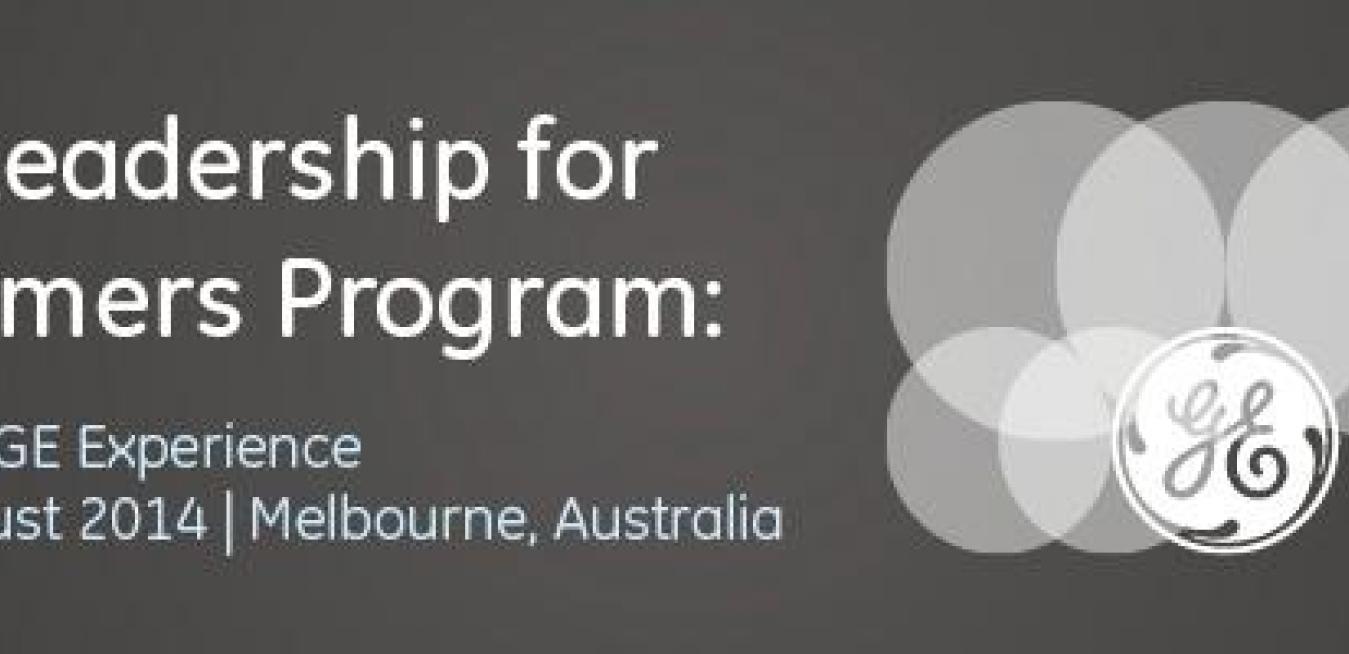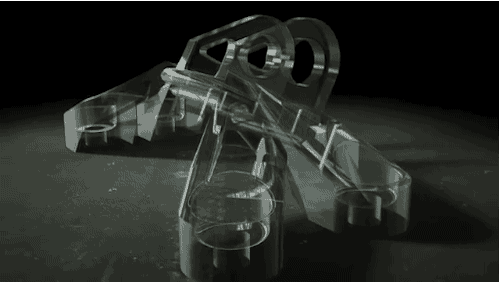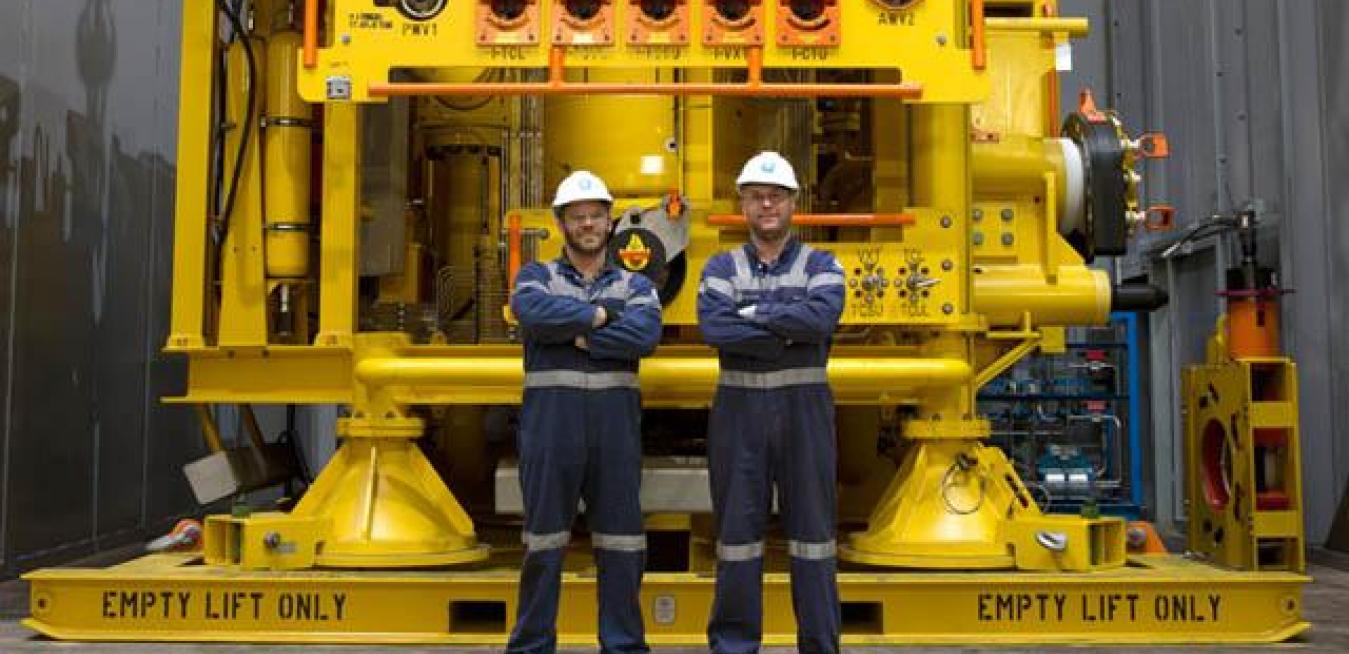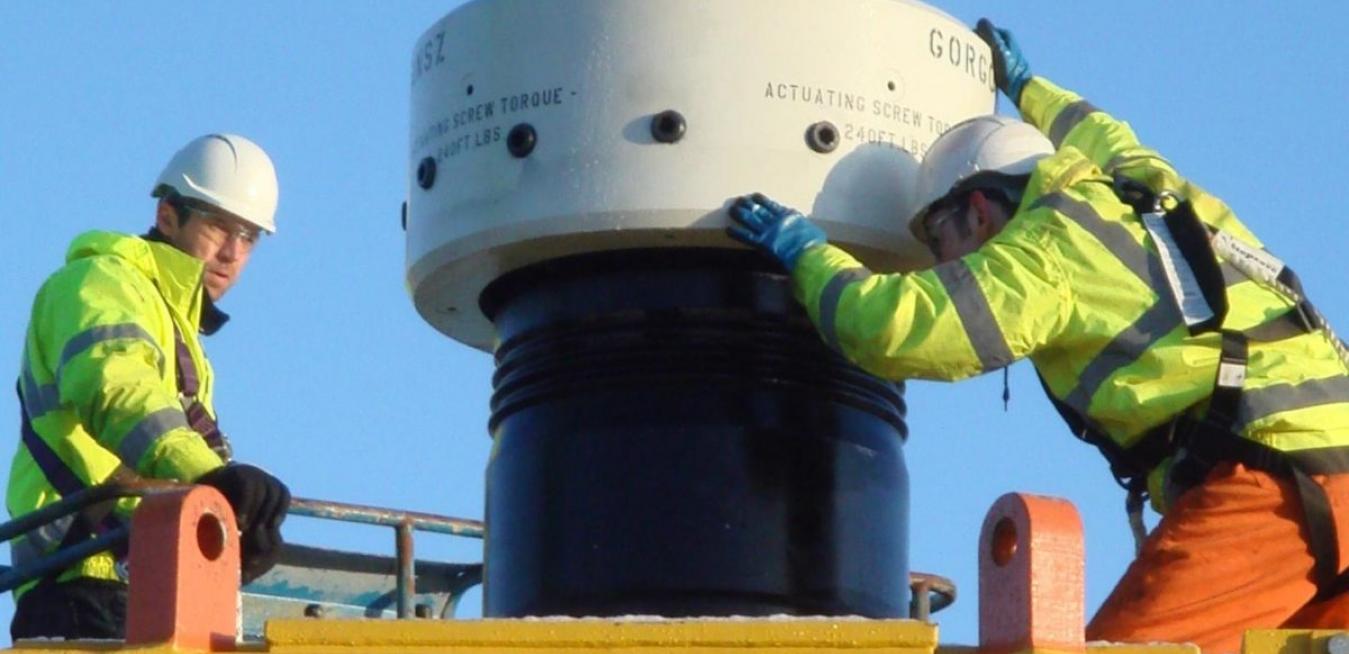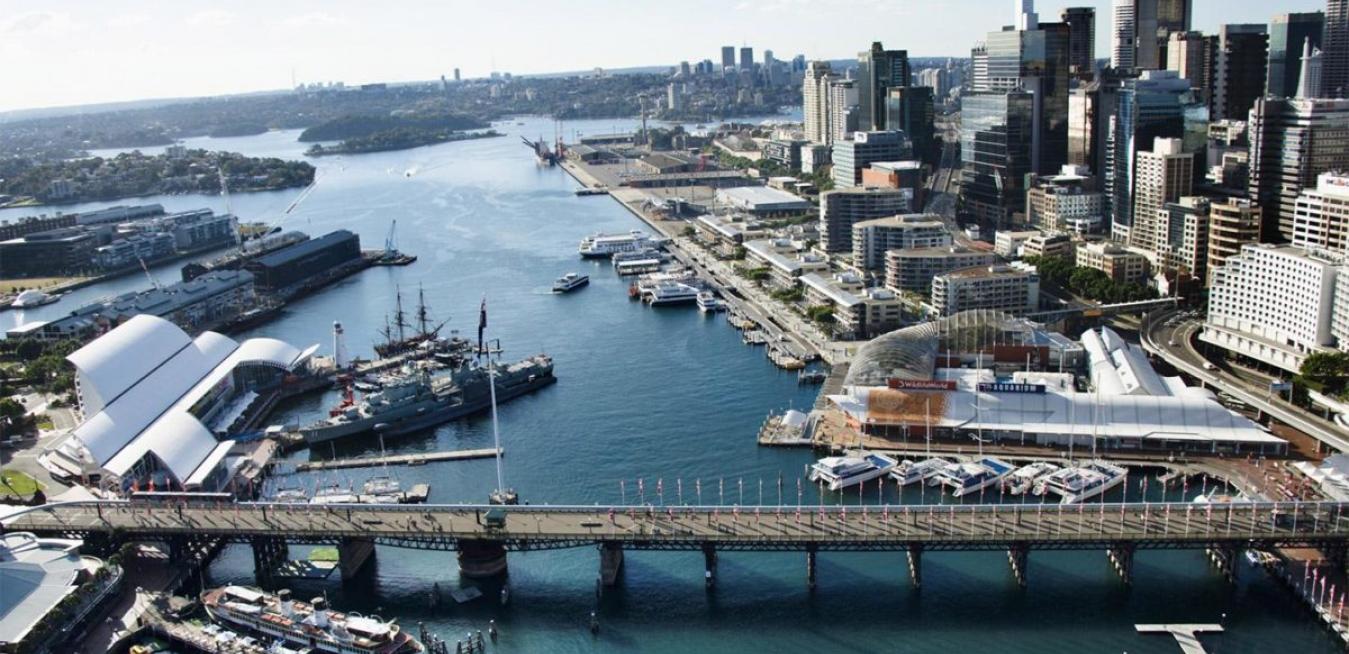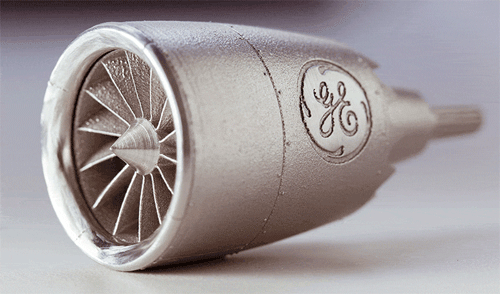In Ancient Egypt there exists evidence of the basic design process of defining objectives, performing research, specifying requirements, iterating while developing solutions, and prototyping before building the final version. The same process is followed today.
We met with Stephen Durkin, CEO, Engineers Australia, to discuss the state of the engineering industry, the ongoing skills shortage, and how the industry is working to bridge the gap.
Tell us about the quality of engineering in this country, how do we rate?There is no doubt in my mind that the quality of engineering carried out in Australia is absolutely world class.
The future for the engineering industry in Australia is about developing smart people, highly regarded on the world stage, who have a great way of thinking.
The 3D Printing Design Quest challenged engineers to design lighter, high-performance aircraft engine brackets that can be produced using additive manufacturing techniques.
The loading brackets themselves play a critical role on jet engines, supporting the engine’s considerable weight during periodic handling without breaking or warping.
They’re called “Christmas trees,” but unlike their namesakes they’re not green and they’re definitely not alive.
Sitting on the ocean floor off the north west coast of Western Australia, the yellow subsea machines are tasked with controlling the flow of oil and gas from undersea wells.
Their nickname comes from the variety of valves, spools, fittings and hardware that make up each device and in some configurations provide a crude resemblance to a decorated tree.
The last load of a shipment of 20 Christmas trees, weighing more than 1,600 tonnes in total, is on its way from Aberdeen, Scotland to Chevron’s Gorgon Project in Western Australia.
They are, of course, no ordinary Christmas trees.
Technically known as subsea trees, the 82 tonne, 7-inch full bore machines operate at depths of up to 1,350 metres to manage fluid and gas injections, and monitor and control the flow of production wells.
Designed by engineer Percy Allen, it was lauded as a technological feat that replaced the ‘first’ Pyrmont bridge, a wooden pile and iron structure opened in 1858.
Instead of relying on the traditional winches, steam or hydraulics, the new bridge was designed to rotate on a central axis using electric motors, an exciting industry first.
For a quarter of his life, Angelo has been fascinated with the potential to redesign the automotive engine and create something infinitely more efficient, green and essentially silent.
The result is an incredible feat of engineering.
An invention that would have earned a nod from Da Vinci himself, Angelo’s engine uses a single rotary unit, running on compressed air that virtually eliminates vibration, internal wear and friction.






